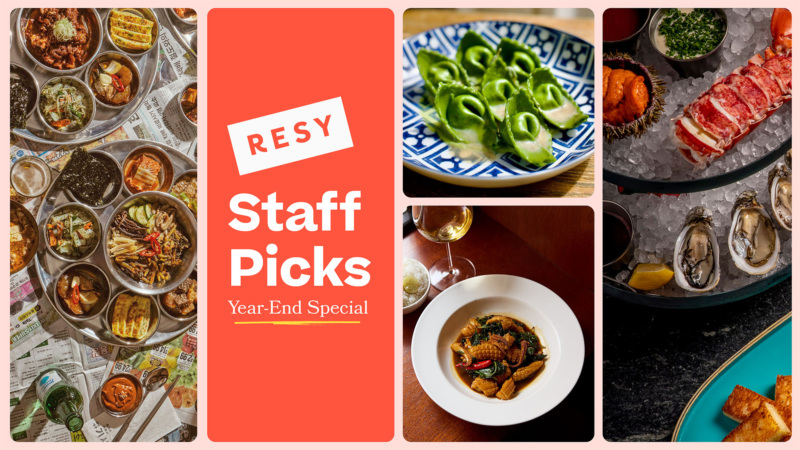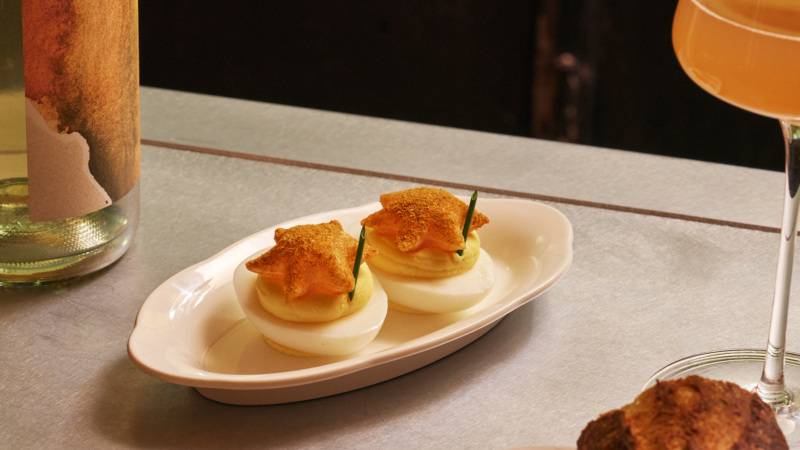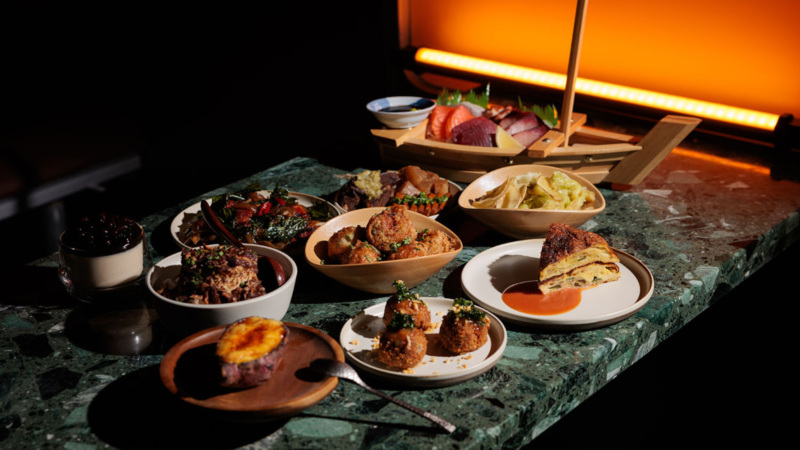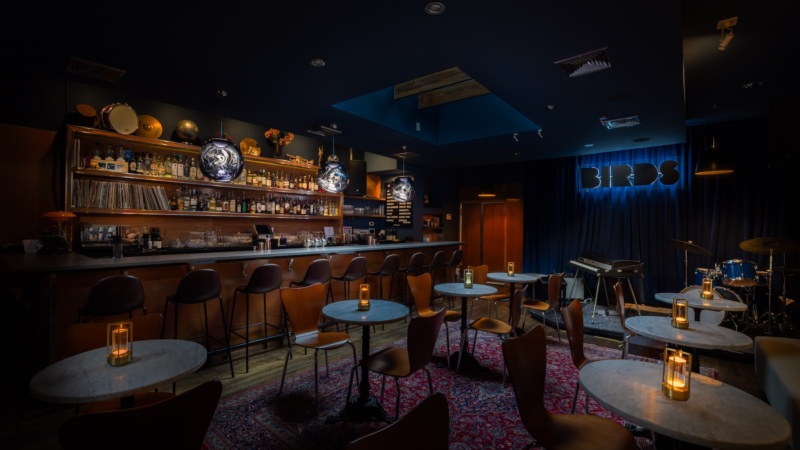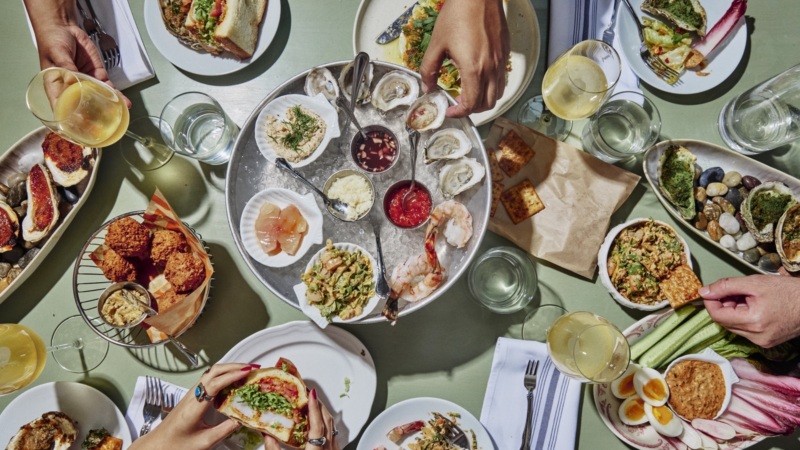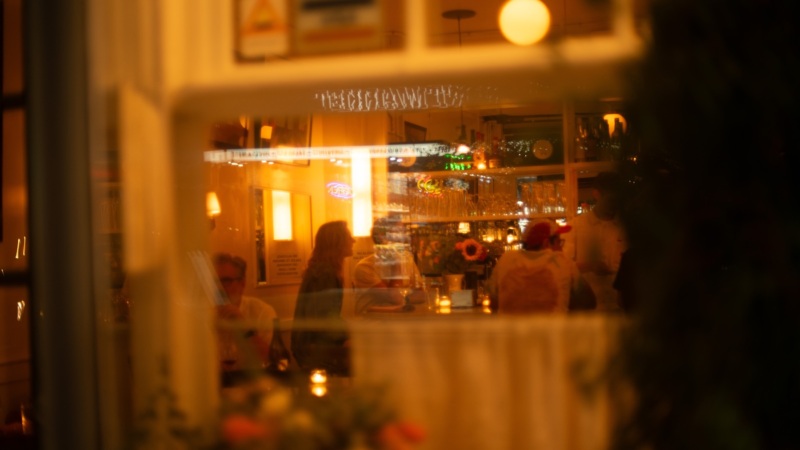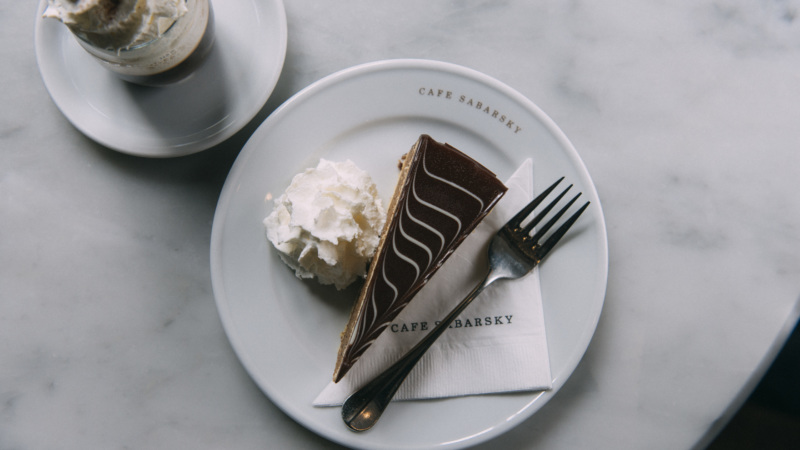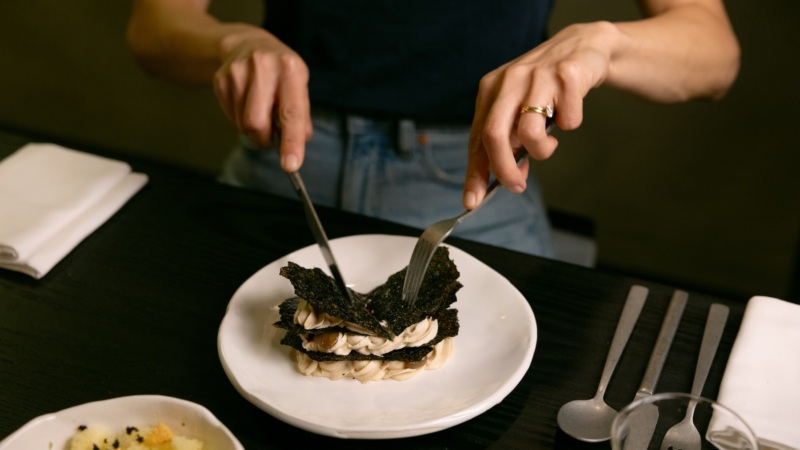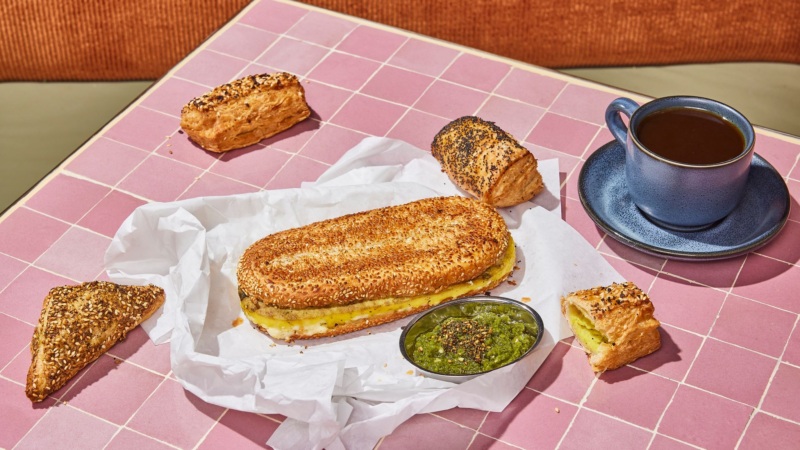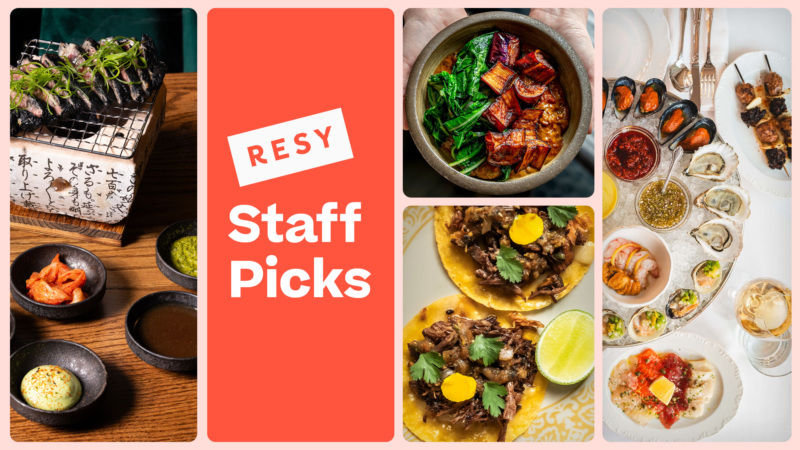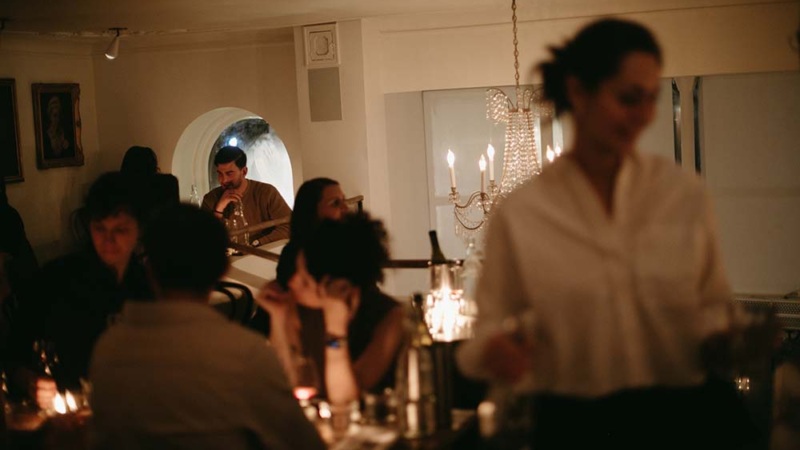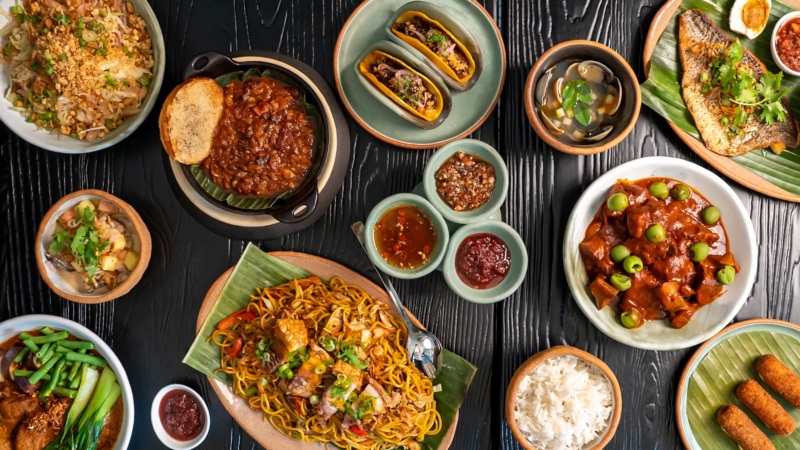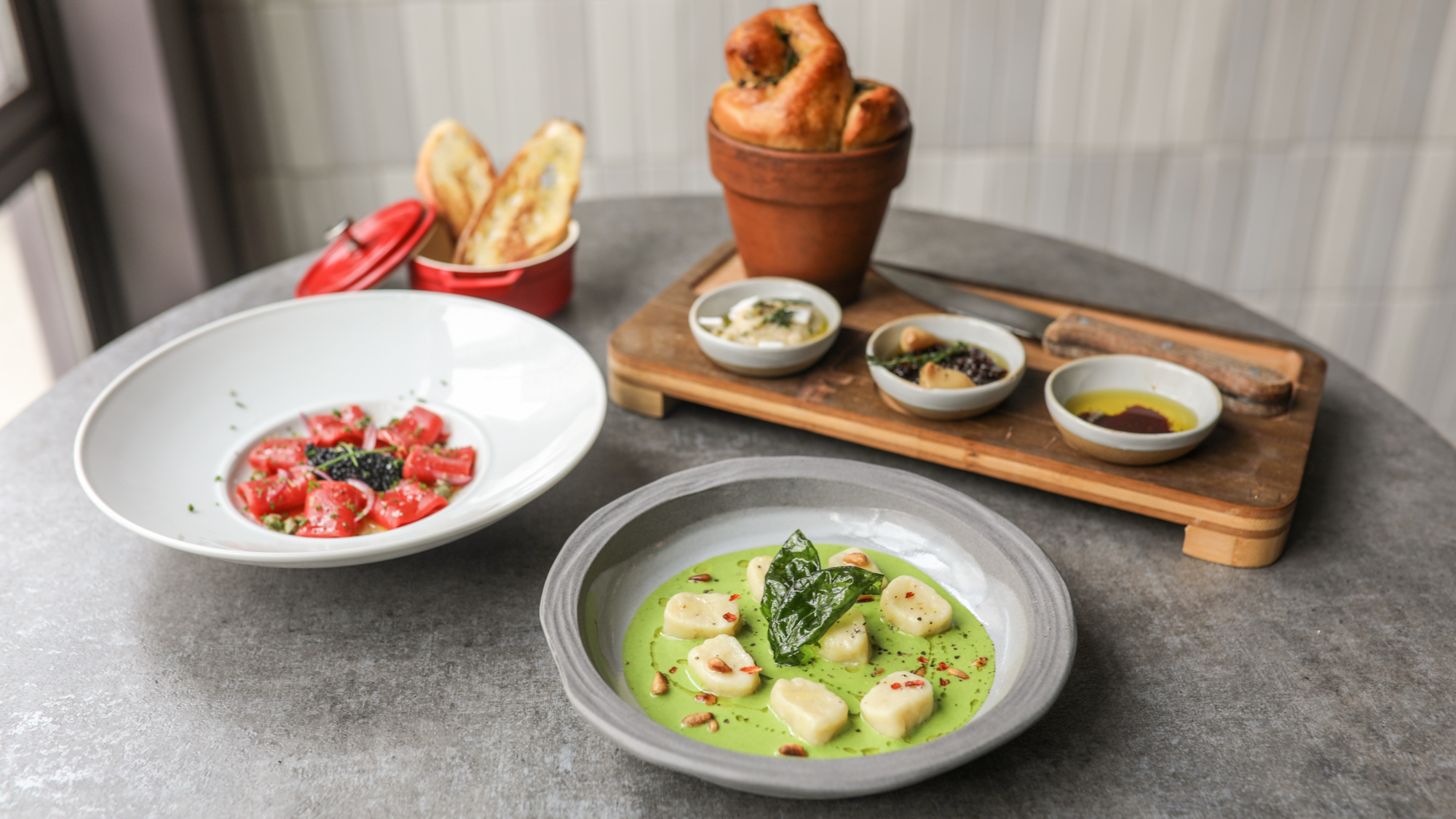
How New York’s Coletta Sets a New Standard for Vegan Italian Cuisine
Published:
Italian food, plant-based or otherwise, was never chef Guy Vaknin’s specialty. But he has been known to do incredible things with plants.
Before the pandemic, Vaknin was best known for his Beyond Sushi family of restaurants which, at its peak, had seven locations in Manhattan, most of which were primarily grab-and-go concepts. But like everything else, the plant-based sushi brand took a hit in March 2020, scaling down from around 130 to just six employees.
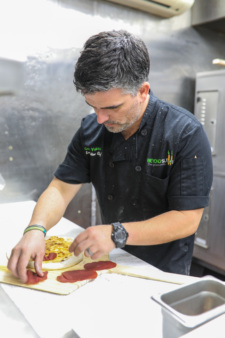
Emerging from the pandemic’s shutdowns, Vaknin wanted to pivot his attention away from the fast-casual format to more “destination” restaurants, the kind people would seek out, sit in, and stay awhile. He had a plethora of ideas for different culinary concepts, but vegan Italian quickly rose to the top. Before Coletta finally opened on Valentine’s Day of this year, Vaknin spent weeks learning from Italian-born master pizza maker Girolamo “Mo” Maniscalchi, owner of newly launched catering company, The Pizza Peddler. Vaknin took in Maniscalchi’s decades of experience, soaking in his expertise and working side-by-side to develop what would become Coletta’s pizza dough.
Coletta embodies an updated approach to classic New York Italian comfort food. You’ll find linguini alfredo and baked rigatoni alongside of-the-moment dishes like “squid ink” ravioli and “tuna” crudo (the latter made from bamboo fibers, with tomato and radish for color). And of course, it’s all accompanied by espresso, a complete wine bar, and a selection of Italian-inspired cocktails (think a house Negroni, a rosemary amaretto margarita, and an espresso martini). We spoke to Vaknin, who took us through some of Coletta’s signature dishes.
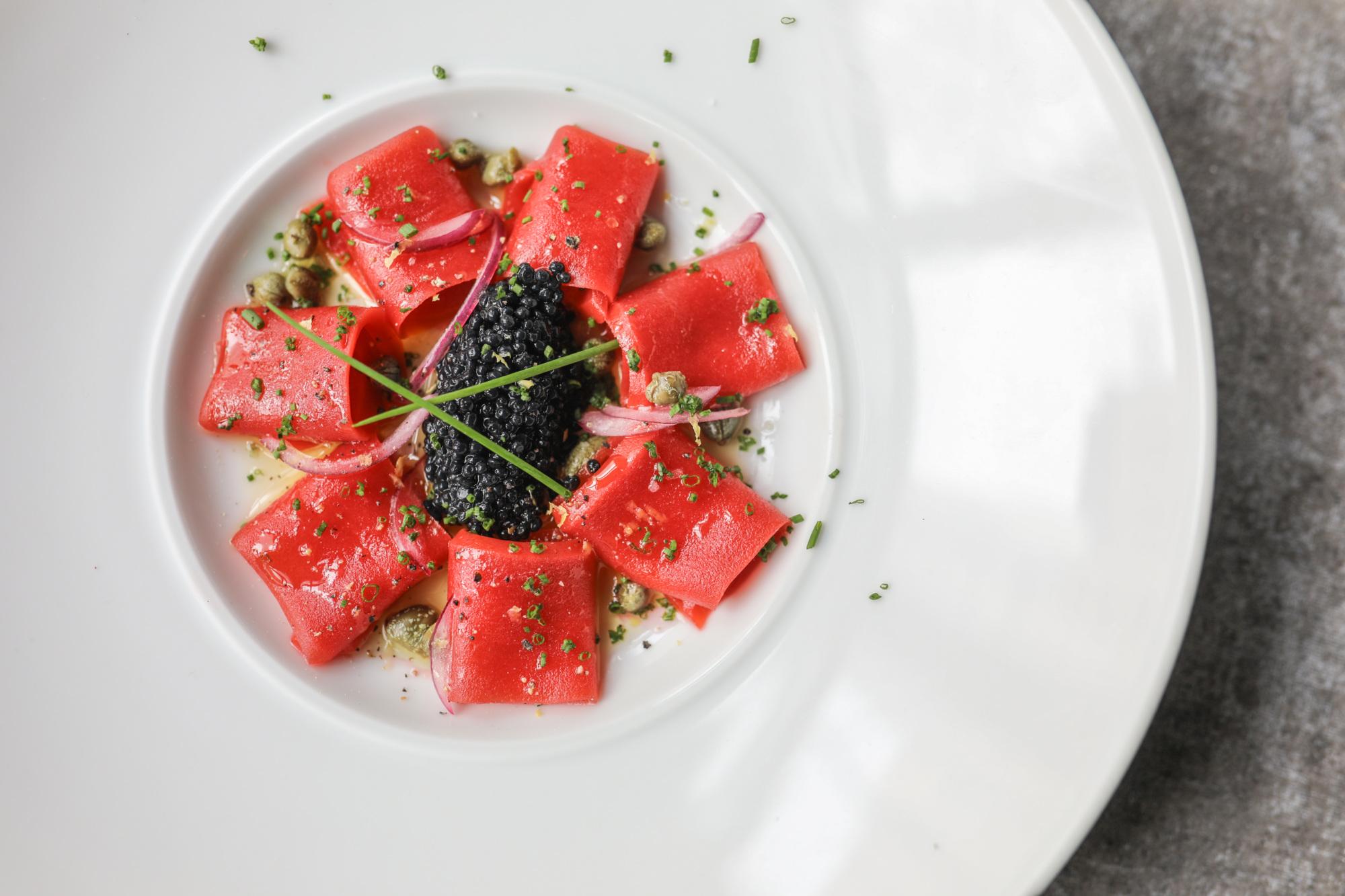
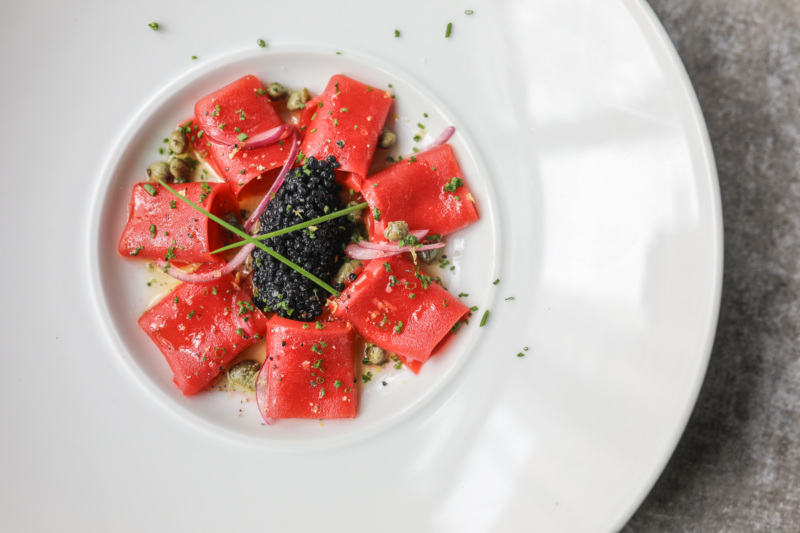
1. “Tuna” Crudo
Pickled red onions, capers, cracked black pepper, EVOO, truffle caviar, oregano flatbread
“I feel like there is a lack of seafood substitutes in plant-based restaurants. And when they do come in, they’re so great. So I came across a very good company that is just coming up right now. They’re called Current Foods, and they’re based in California and they make sashimi- or- sushi-grade tuna that’s plant-based, and they use all-natural ingredients. It’s here in the States, and I had a few tastings with them and then we paired up.
[The ‘tuna’ isn’t highly processed]; there is a process to make it, but it’s a much more sustainable process and it’s much healthier than getting a mercury-filled tuna out of the ocean. And it’s saving us from collapsing the whole ecosystem around it. So that’s great, it’s a great substitute and I use it at Beyond Sushi as well.
Tuna crudo, for me — or crudo [in general] is something that I remember, as a chef, eating and enjoying it extremely. I’m pairing it with caviar that I get from Caviart, which are actually black seaweed pearls, developed by a Danish chef, which we infuse with truffle. They have the flavors down. But with the right seasoning on top of it, you would never even know the difference.
I love flour and I love gluten, and I love everything. [But] this is one of those dishes that helped me get another option that is gluten-free on my menu. There’s that zesty lemon, balanced with the olive oil, and the capers all coming together with a nice crunch from the rosemary flatbreads that we serve with it. I think it’s a perfect light dish to start a meal with especially because, in Italian entrees, or at least my entrees, the pizza and the pastas are on the heavier side.”
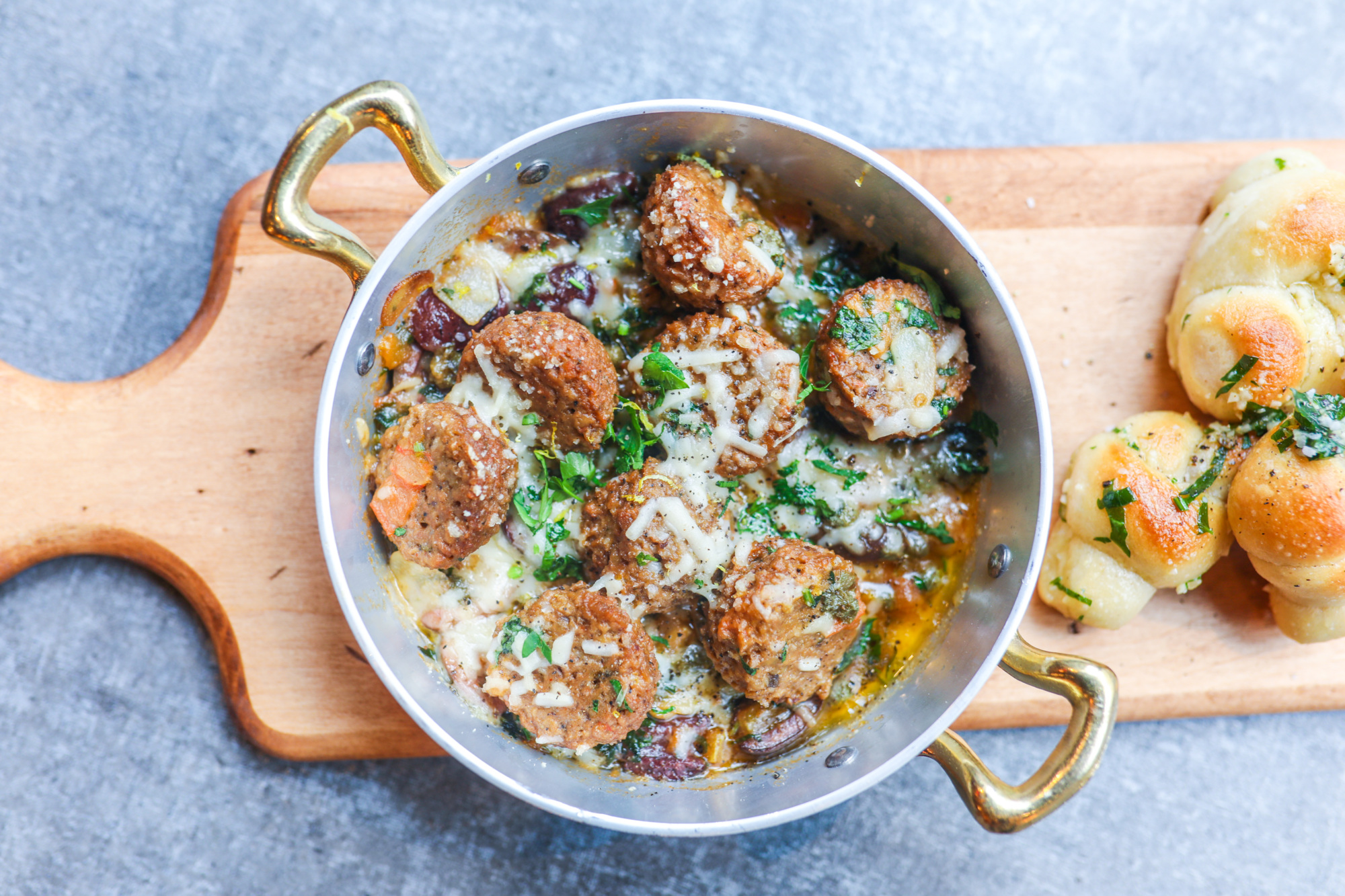
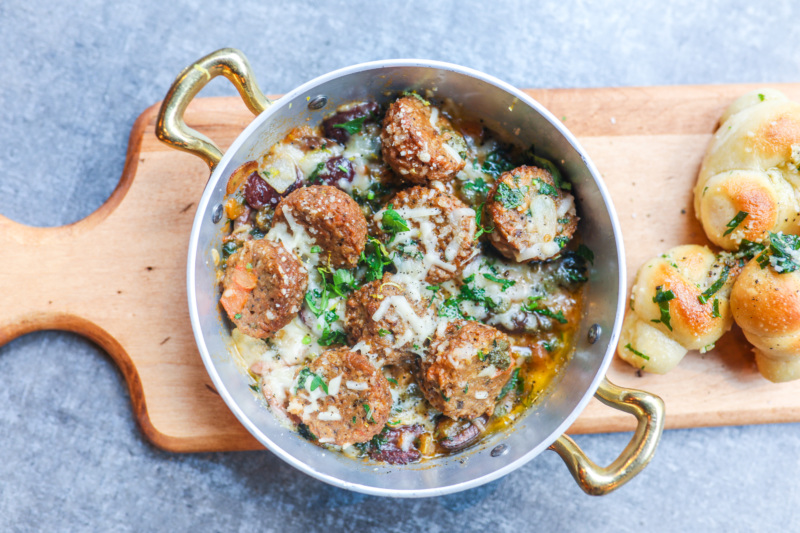
2. Puttanesca “Meatballs”
Lemon brown butter sauce, capers, kalamata olives, roma tomatoes, “mozzarella,” parsley, garlic knots
“In all my dishes, in everything I try to create, there’s got to be that balance of flavor, texture. And every piece in that dish has a utility. With the meatballs, we make those out of a mixture that I make from seitan and Impossible Meat. It has red onions, parsley, cumin, and also a little bit of nutmeg. We basically create the flavor and the base. There’s a certain percentage of Impossible Meat, just for the flavor of the meat, and the majority is seitan.
It’s cooked in a puttanesca sauce that’s made to order, which has a nice zest from the capers, the lemon zest, the parsley, all coming together — and our fresh garlic knots, which are the best to scoop up all the sauce. That’s what was intended. And whenever I get that plate back into the kitchen, and see all the sauce has been scooped up, that makes me happy.
The mozzarella is a mixture. I feel like it doesn’t make any sense for me to take something, especially in plant-based [cuisine], and just serve it. I would never ever take Impossible Meat, make a burger out of it, and serve it to you. That doesn’t make any sense because then I don’t have any touch on it. Even with a mozzarella, I make my own mixture of four mozzarellas for our restaurant. It’s NuMu, Mooliss, Pleese, and Violife. And I use certain percentages of them. Some of them have different properties that are good for melting and some of them are better in flavor. I find my way to get it to where I want.
Impossible is basically the only one that doesn’t use a flavoring agent to get their flavor. They pull hemoglobin out of the soybean, which gives the flavor to meat when it’s getting charred. And that flavor, from what I remember — it’s been nine years — is identical to what you would experience when you ate meat. And I think that there’s no one in the market today that can come even close to what they produce. So, I use that for flavoring, basically, so that I can get that flavor I can’t get anywhere else. [The meatballs] are nice and soft. The seitan is cut into smaller pieces, and it has a spongy texture to it. And that keeps it nice and airy.”
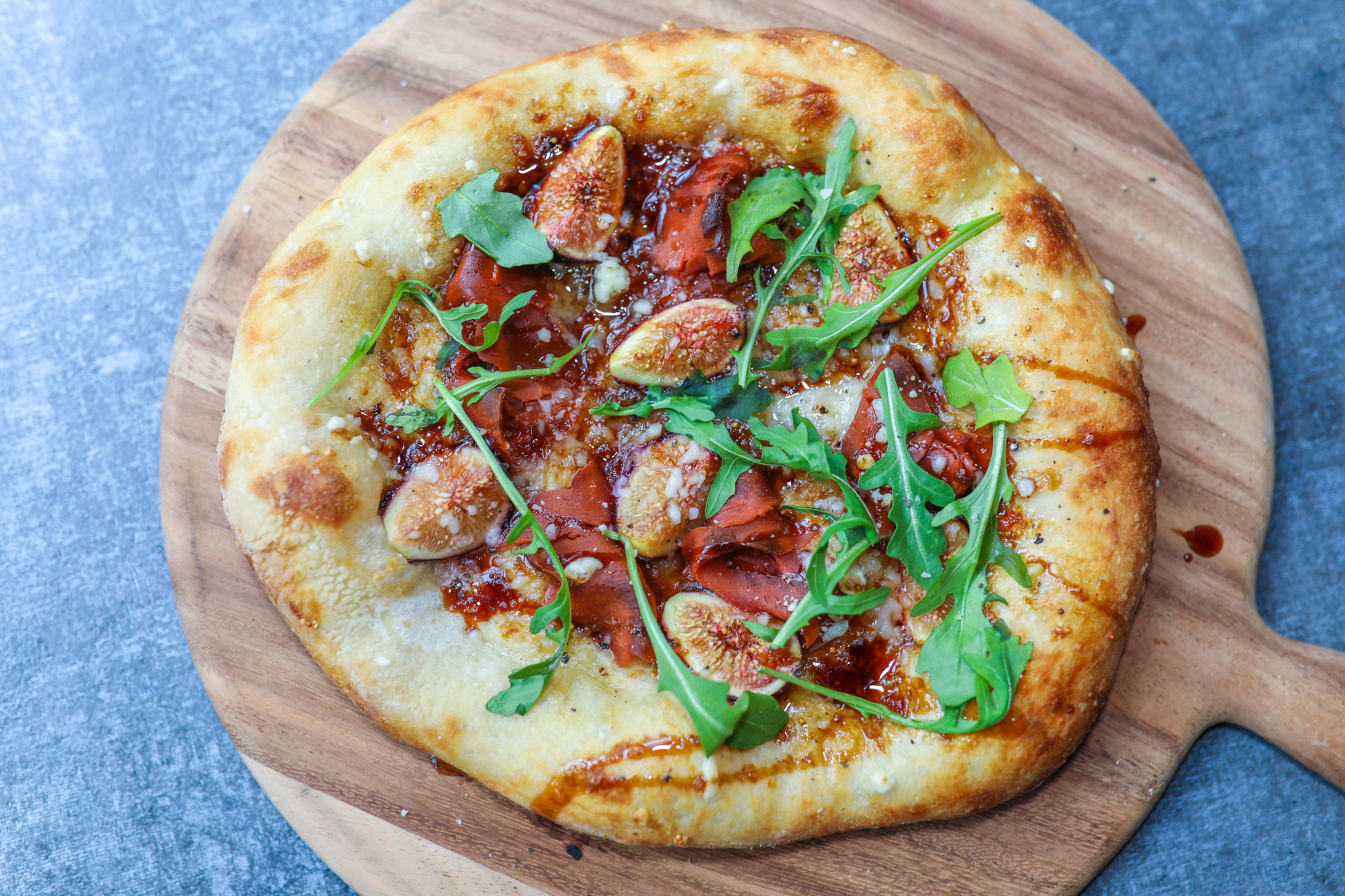
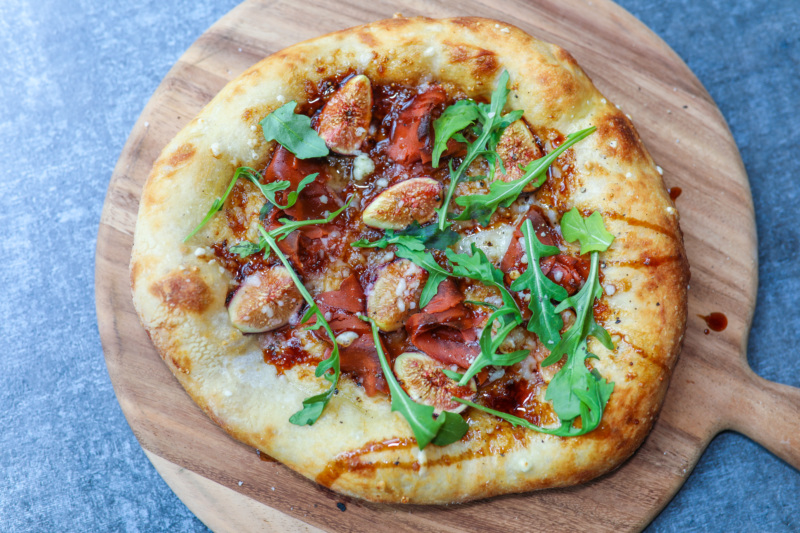
3. Fig Jam and “Prosciutto” Pizza
Housemade fig jam, fresh mission figs, “prosciutto,” baby arugula, EVOO, “Parmesan,” aged balsamic
“That was a must-have for me. I mean figs, in my mind, they’re always attached somehow to Italian cuisine. I mean, originally I came from that Mediterranean region, so we have figs also, but for me fresh figs are always attached to [Italian cooking]. We use mission figs for that matter; I feel like they’re more flavorful.
We use a 72-hour crust, double-fermented. Basically, you create the fermentation for 24 hours. Then after we make the dough and boil it out, it sits for another 48 hours before we use it. When you let it sit, it creates enough air in it. We’re very gentle with it; a trick I always tell them [my kitchen staff] is to touch it like you touch your girlfriend or boyfriend: very gently, guys. It creates a nice, airy dough, and when it hits the 600-degree oven it grows even more.
It’s got a nice, rich flavor inside. It’s thin in the middle but the border is nice and fluffy, and crunchy. A lot of air. And it’s a 12-inch pizza, that’s about 275 grams of dough, so it’s not too big. And the bottom of it has a crème fraîche that we make using fava-based cream and Violife products. And on top of that we have a little bit of the mozzarella.
The prosciutto is by a company called Mia, and that is an import from Italy. And it’s sliced here. It’s imported in big pieces, and the main ingredients are chickpea flour and wheat flour. The prosciutto is very smoky; there’s sweetness from the figs, and I use a fig jam that we make right on top, a little bit of that. Then we top it off with an aged balsamic and that gives the balance to that sweetness. You get that acidity, and with a crème fraîche everything mellows out.”
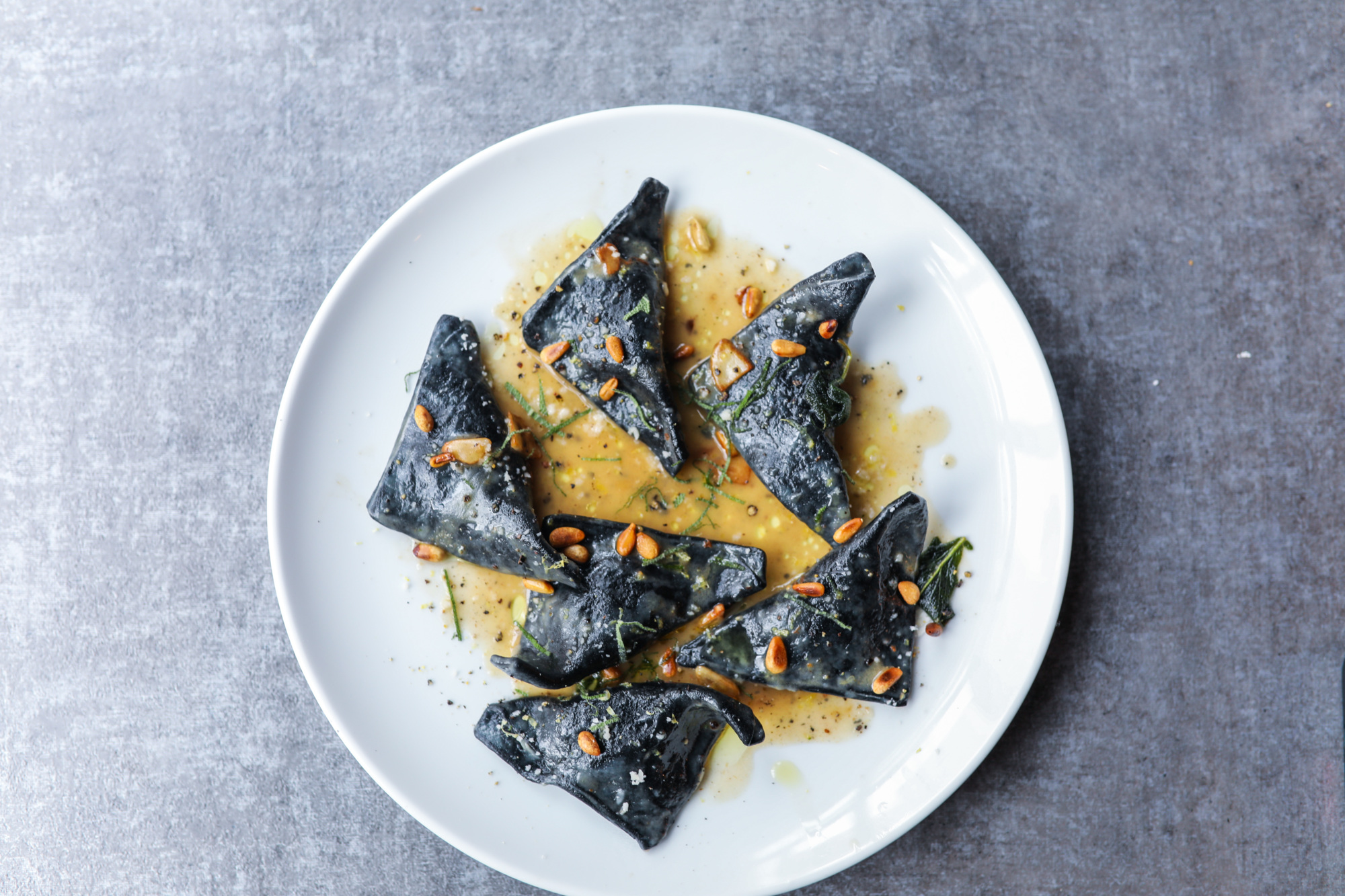
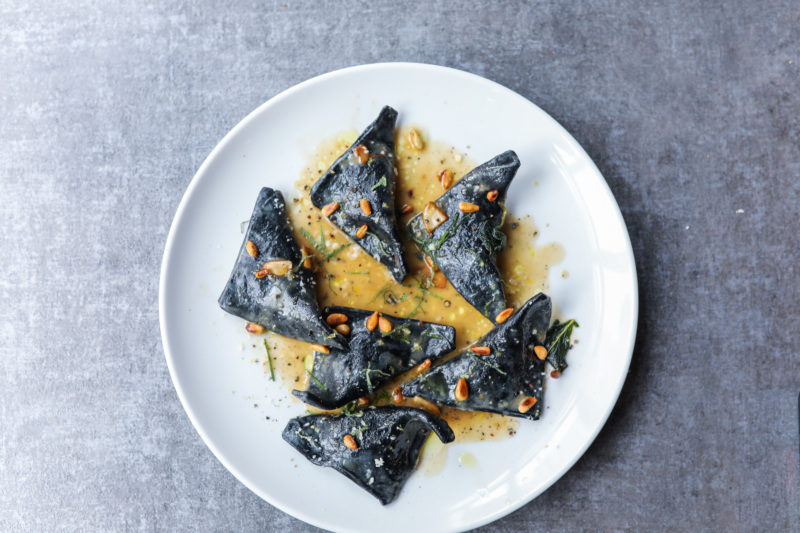
4. “Squid” Ink Ravioli
Spinach, “ricotta,” lemon butter and sage sauce, “Parmesan”
“This is, of course, made in-house using ricotta by Kite Hill. That’s also out of L.A. They use a process that is similar to any cheese that you would get anywhere else; they just use almond milk instead of the regular milk. They go through the whole process of making cheese correctly, just with almond milk. It’s very creamy, and you pair it up with spinach inside.
The dough is made in-house. We use active charcoal instead of squid ink. And then, the sauce — because it’s very rich on the inside — I use some acidity to cut it. We use a lemon. We basically do like a lemon beurre blanc, like a lemon, white wine, butter sauce, with sage and a lot of garlic. It’s topped off with pine nuts and a ‘Parmesan.’ That’s a nice, lighter addition. Even though you have that creaminess from the ricotta, compared to other pastas, it’s a lighter dish.
[At Coletta] I try to make it a whole experience, so the waiters go around with ‘Parmesan’ and a nice pepper mill and everything.
It’s about pushing the boundaries. It’s about creating items that, when you go to a plant-based restaurant, you wouldn’t expect — the calamari, or the squid ink, the scallops, whatever it is. People want to eat out, but they want to eat like they normally eat. And people eat out of memories, right? I remember all flavors, and that’s how I create dishes. I don’t actually taste [non-vegan foods] and then make the dishes. It’s in my memory. The flavor is in my memory.”
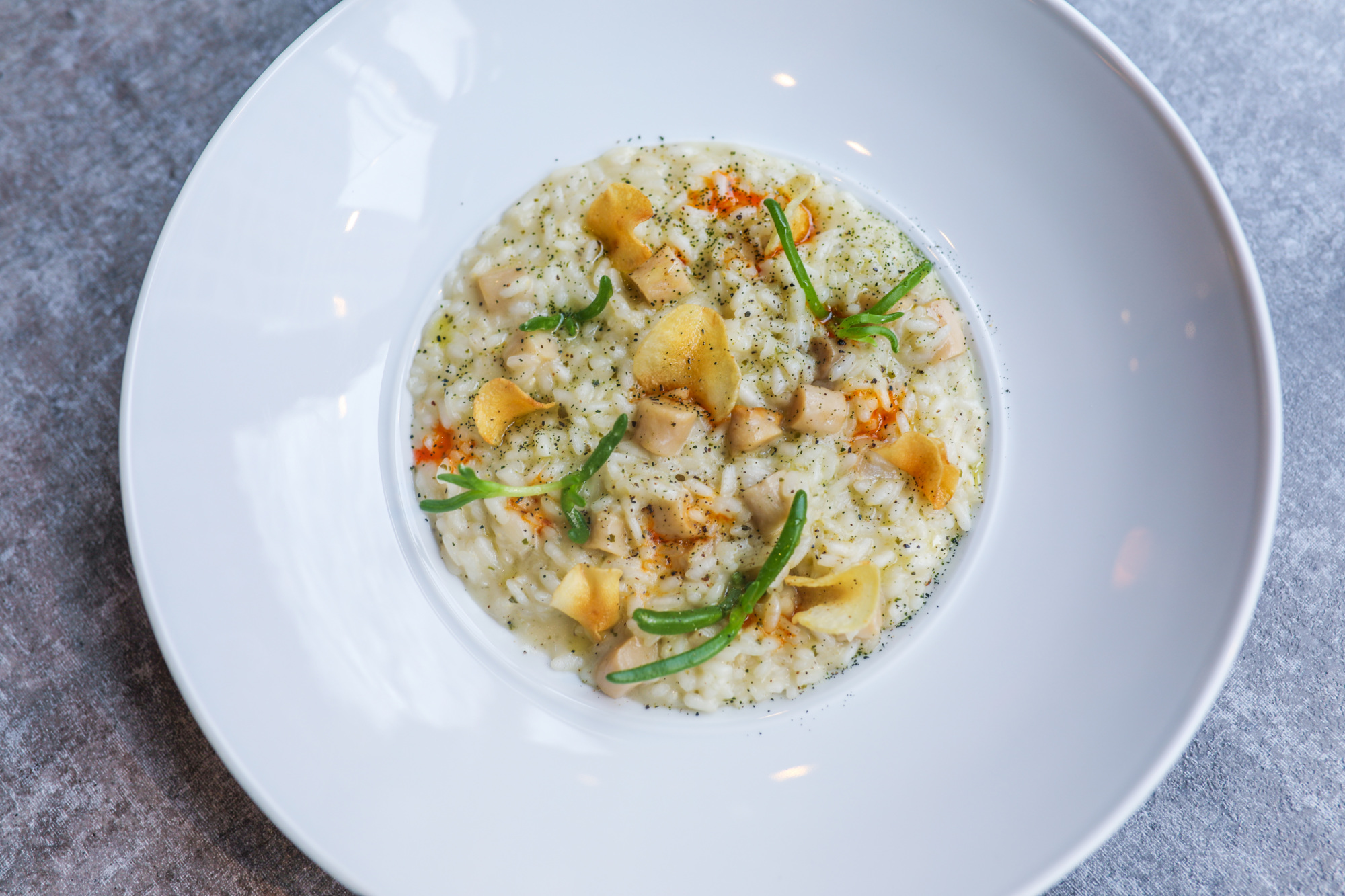
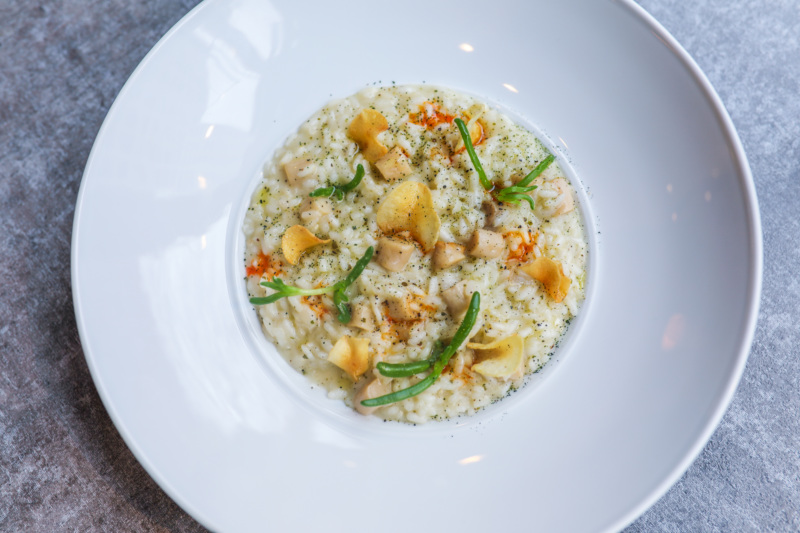
5. Sunchoke and “Scallop” Risotto
Arborio rice, king oyster mushroom “scallops,” sunchoke purée, micro seagrass chile oil, “Parmesan,” sunchoke chips
“Again, this one is touching on the seafood aspect that you don’t usually get in a plant-based restaurant. Basically, when I was constructing it in my mind, I was seeing like a coral reef and constructing that on a plate. It starts with a great risotto, and a great base. We use a puree of sunchokes. That is what gives the result of the creaminess, because we can’t use dairy. We also use a fava-based cream that goes in there.
And then the scallops are made from the stems of oyster mushrooms. I’m gonna tell you a secret: I cut my calamari by hand from the same stem. And then, the last circle that is inside in the middle — I looked at it and I said, ‘What, I’m going to throw this out after all this work?’ So I made a scallop. It gets seared before it jumps into the risotto mix.
On top of that, we use micro seagrass to get some of that [oceanic] flavor in there. We have sunchoke chips, and we have wakame powder that’s sprinkled on top. That gives it a lot of ocean flavor. We need it there. And a little bit of chile oil.”
Coletta is open Mondays through Thursdays from 4:30 to 10:30 p.m., on Fridays from 4:30 to 11:30 p.m., on Saturdays from 11:30 a.m. to 11:30 p.m., and Sundays from 11:30 a.m. to 10:30 p.m.
Ariana DiValentino is a writer, filmmaker, and actor based in Brooklyn. Follow her on Instagram, Twitter, and TikTok. Follow Resy, too.

